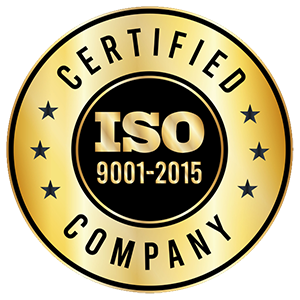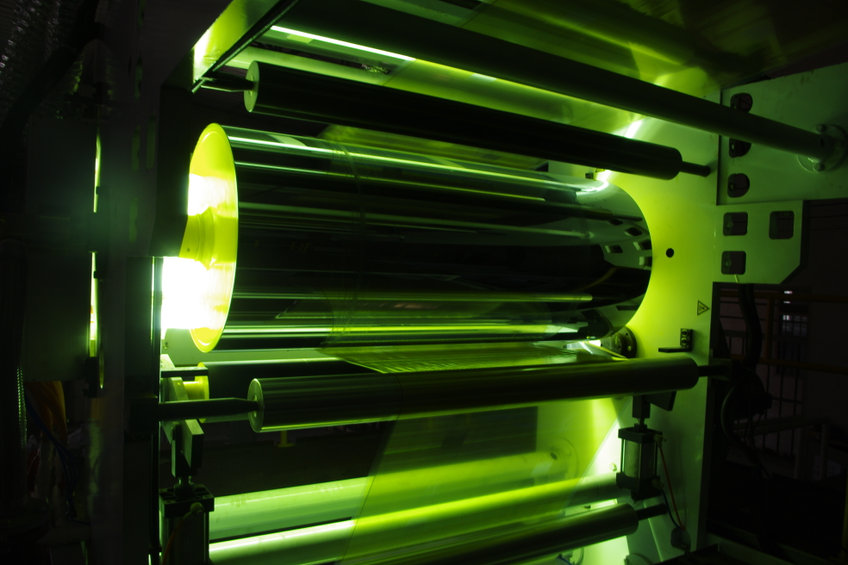Recent developments in UV light curing technology
Hybrid vs. Dual Cure Adhesive Technology
Prior to advent of advanced curing technology, hybrid adhesives were the first evolution of improved specialty adhesives performance. Hybrid adhesives cure through a multi-step process, often using a drying phase followed by a curing phase. More recently, various curing techniques have been employed to improve the adhesive properties of various compounds. As their name suggests, dual cure adhesive technologies cure through two different means. Anaerobic, pressure, heat, UV light and LED light are some means employed to fix dual cure specialty adhesives.
Specialty Adhesive Properties
There are three states of the adhesive; liquid, dried film, and cured. The stages are referred to as A, B, and C:
- A: Early stage; chemical reaction not started; wet/movable
- B: Middle stage; chemical reaction started; sticky/tacky; bonds formed
- C: Final stage; chemical reaction complete; infusible; fully cured
B-stage is the critical state required to create a hybrid adhesive. Hybrid adhesives are produced using solid resins that are solubilized into a solvent, then coated onto a substrate, and dried. The B-staged state is the bond making state. The bonding process is accomplished by applying heat and pressure. Unlike normal adhesives that are sold in a liquid form, B-stage adhesives are sold in a solid film format.
Recent UV Light Curing Developments
Recent developments in UV light curing technology expanded the capabilities of dual cured adhesives. UV light has allowed the adhesives to be coated and sold as solid film, 100% solid, or solvent-free liquid. This eliminates Volatile Organic Compounds (VOCs), making the technology environmentally friendly. Some attributes of light-curable dual functional adhesives include:
- Rapid cures
- Low temperature cures
- Non-drip properties
- Optical clarity
By combining radiation with thermal cure, a host of new applications are created. A recent article by Henkel Electronic Materials describes the process for producing a high pixel, multi-lens camera. Dual functional adhesive technology was critical to the process, enabling the lens to be fixed during the manufacturing process and permanently cured in place. This process produces a lens that is capable of greater resolution.
Other applications for dual cure specialty adhesives technology include:
- B-stage PSA tapes applications
- Electronic Assemblies applications
- 3D Printing applications
- Thermally sensitive applications
- Rapid fixturing applications
Looking to revolutionize your manufacturing process? Searching for specialty adhesives application technology? National Polymer specializes in the design and formulation of unique specialty adhesives. Read about our adhesive offerings here and contact a National Polymer Adhesives Expert at 1-800-679-0477 for a free consultation.



